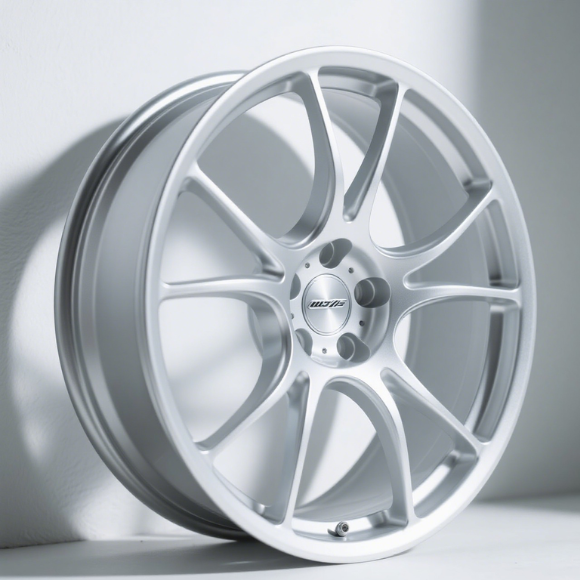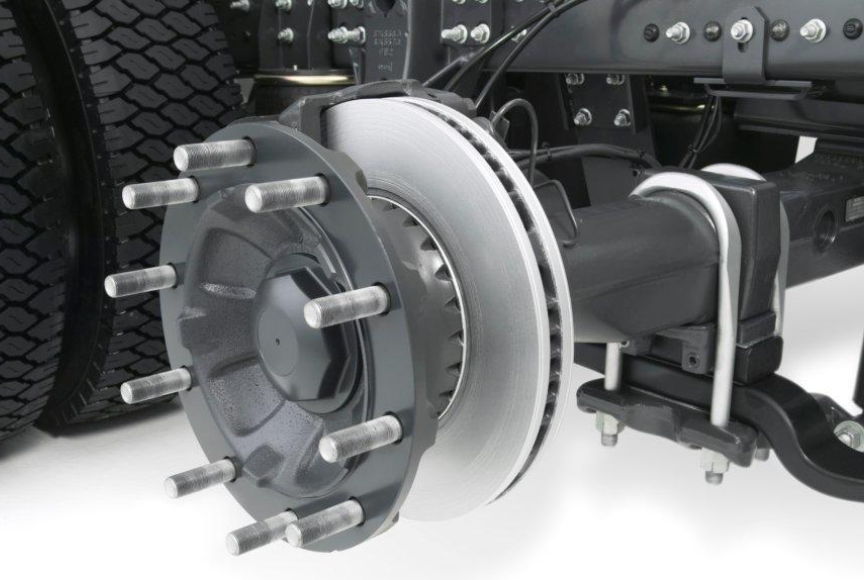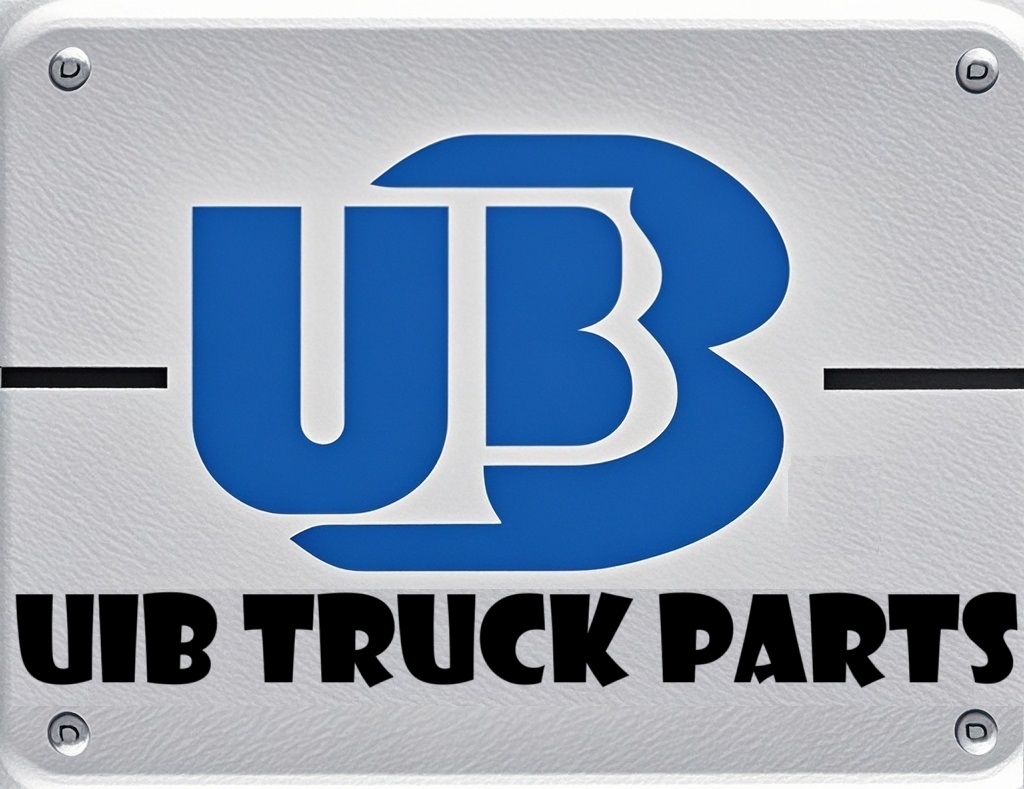About Us
A Detailed Explanation of Wheel Components: The Differences and Functions of Rims, Spokes, and Hubs
Views : 176
Update time : 2025-07-02 18:23:16
As a core component of a vehicle's running gear, the wheel undertakes crucial functions such as supporting the entire vehicle's weight, cushioning road impacts, and transmitting driving and braking forces. Its structure mainly consists of rims, spokes, hubs, and tires. Although rims, spokes, and hubs sound similar, their functions and structures differ significantly. Below, we will provide a detailed analysis of these differences.
Rims: The "Carriers" of Tires

Rims, also known as wheel rims, are the base components for installing and securing tires. They work in tandem with spokes to bear the wheel's load and efficiently dissipate the heat generated by the tires. Common rims are often integrated with spokes. Depending on the manufacturing materials, they are colloquially referred to as "steel rims" (steel rims, which are cost-effective and high-strength, commonly used in commercial vehicles) and "aluminum rims" (aluminum alloy rims, which are lightweight and offer excellent heat dissipation, widely applied in passenger cars). For instance, due to their high load-bearing requirements, trucks typically use steel rims, while passenger cars favor aluminum alloy rims to enhance handling and fuel efficiency.
Spokes: The "Transmitters" of Force

Spokes serve as the bridge connecting rims and hubs, playing a pivotal role in supporting and transmitting forces within the wheel structure. Based on their structural forms, wheels can be categorized into two types: disk-spoke type and wire-spoke type:
- Disk-spoke type: With a compact structure and low cost, this type is commonly found in ordinary passenger cars. It connects the rim and hub through stamped metal plates.
- Wire-spoke type: Divided into wire spokes and cast spokes, the former is often seen in retro vehicles or high-end bicycles, while the latter, crafted through forging, is typically used in high-performance sports cars or racing cars, providing exceptional strength and lightweight properties.
In terms of design, vehicles that frequently travel at high speeds usually adopt multi-spoke designs to enhance support rigidity and reduce deformation. On the other hand, vehicles used for short-distance racing often opt for fewer spokes to achieve extreme lightness, presenting a unique mechanical aesthetic. Additionally, the connection methods between spokes and rims can be divided into integral type (one-piece molding, high strength), permanent connection type (welding or riveting), and detachable type (bolt connection, facilitating maintenance and replacement).
Hubs: The "Hearts" of Wheels

Hubs, commonly known as "hubcaps," are the connecting hubs between wheels and axles. They secure the rims and axles with bolts or pins and provide central support for the wheels. The functional difference between hubs and rims lies in that hubs focus on connecting the axle and wheel, while rims are responsible for tire installation. Modern hubs often adopt the hub unit design, integrating components such as bearings and seals. This not only simplifies the assembly process but also reduces maintenance costs and improves driving stability. For example, high-end vehicles are often equipped with intelligent hub units integrated with ABS sensors, which can monitor wheel speeds in real-time to ensure driving safety.
Related News
 Revealing Three Little-Known Facts About Trucks
Revealing Three Little-Known Facts About Trucks
Aug 06,2025
This article presents three little-known facts about trucks, including that the cab can be flipped for engine maintenance, the rearview mirrors are equipped with defrosting and deicing functions, and the small tank next to the fuel tank is an urea tank which is crucial for environmental protection. It helps readers understand the secrets behind truck designs and functions.
 Control Valve: The "Key Steward" in Truck Engines
Control Valve: The "Key Steward" in Truck Engines
Aug 05,2025
This article introduces the role of the control valve in the diesel pump, including controlling fuel quantity and stabilizing pressure; lists symptoms when it malfunctions, such as weakened power and increased fuel consumption; provides maintenance methods, and illustrates through cases that paying attention to the control valve can avoid unnecessary expenses.
 Control Valve: The "Invisible Commander" of Truck Power
Control Valve: The "Invisible Commander" of Truck Power
Aug 05,2025
The control valve is an indispensable core regulating component in the truck power system. Although it hides inside the machinery and keeps a low profile, it relies on its powerful functions to precisely command the rhythm of power output, comprehensively ensure driving safety, and intelligently adapt to various working conditions. With sophisticated design techniques and durable material selection, it can achieve a perfect balance between power and efficiency in various complex scenarios, and can be called the invisible cornerstone supporting the efficient and stable operation of trucks.
 Truck Snow Chains: Safety Guarantee on Icy and Snowy Roads
Truck Snow Chains: Safety Guarantee on Icy and Snowy Roads
Jul 28,2025
This article elaborates on truck snow chains, including their important role on icy and snowy roads, applicable scenarios, selection methods, installation steps, and usage precautions. It aims to provide references for truck drivers to drive safely in icy and snowy weather and reduce accidents caused by slippery roads.
